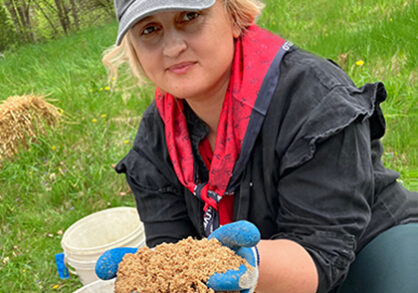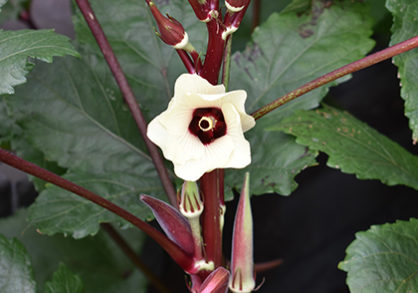CONNECTING PLANTS AND PEOPLES FOR A WORLD OF DIVERSITY, BEAUTY, AND HOPE.
FEATURED
Nature’s Call to Action
Volunteering at Cornell Botanic Gardens motivated a native of the Republic of Georgia to pursue graduate study and career in global conservation.
Campus grasslands grow environmental solutions
Projects across Cornell are exploring how the university’s grasslands – including Cornell Botanic Gardens’ native lawn – can protect birds, encourage biodiversity and sequester carbon to fight climate change. .
Places for the Spirit
Fine art stills by Vaughn Sills capture African American gardens, which illustrate beliefs and practices brought to the United States by enslaved Africans.
UPCOMING EVENTS
Botanic Gardens Tours at Brian C. Nevin Welcome Center
Take a relaxing stroll with a Garden Guide through the gardens around the Nevin Welcome Center and discover the beauty and diversity of our cultivated plant collections. Visit...
The Evolution of Trees – A Walk through Time
How did the trees we know and love today come to be? Join us for a walk through 380 million years of tree evolution, using representative trees in the F.R. Newman Arboretum...
Wildflower Garden Walks at Brian C. Nevin Welcome Center
Tour the woodland pathways and plant habitats of the Mundy Wildflower Garden, a 25-acre natural area and naturalistic garden. The Garden is an ideal place to learn about the...
Land Acknowledgement
Cornell University is located on the traditional homelands of the Gayogo̱hó꞉nǫ' (the Cayuga Nation), members of the Haudenosaunee Confederacy.
Our Diversity, Equity, and Inclusion Efforts
Cornell Botanic Gardens embraces and actively works to increase diversity among all the communities with which we engage.
Seeds of survival: Botanic Gardens honors the Black experience
This garden display and exhibit shares the knowledge, skill, and resilience of enslaved Africans, their descendants, and today’s Black community and their deep connections to plants and the cuisines they inspired.
Our Gardens and Natural Areas
We are responsible for the natural beauty of the Cornell University campus including cultivated gardens, an arboretum, and natural areas. Together these comprise one-third of campus, and with off-campus natural areas, a total of 3,600 acres.
WHAT TO SEE IN SUMMER!
Our gardens and arboretum are bursting with blooms! Our natural areas offer ample opportunity to explore unique settings.








